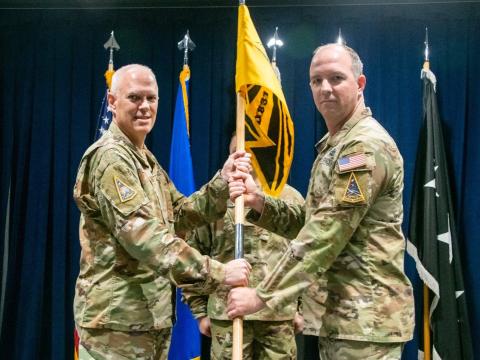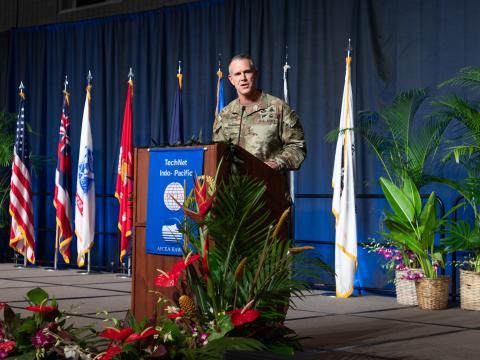Marines To Adopt More Autonomous Systems
The U.S. Marine Corps modernizes its activities, capitalizing on lessons from conflicts in Ukraine and Nagorno-Karabakh, as well its own exercises around the world.
In its Force Design Annual Update 2023, it arrived at a simple conclusion: “Platforms that cost thousands of dollars can defeat platforms that cost millions of dollars.” This has been evident in Eastern Europe, where most unmanned aerial devices come from commercially available platforms.
This has translated into two principles that dictate how the Marines will move toward a force in the future:
- [Intelligent robotics and autonomous systems] augment and enhance human processes, without replacing the warfighter.
- Marines must fight at machine speed or face defeat at machine speed.
This is according to the same document released on Monday.
“We are moving forward with the fact that we know that the future is automation,” Brig. Gen. Stephen Lightfoot, USMC, director, Combat Development Directorate, told journalists in a briefing.
Despite these statements, currently, the United States has no lethal autonomous weapons in its arsenals. According to a report by the Congressional Research Service: humans are involved in the kill chain.
Nevertheless, not all autonomous systems deploy weapons or gather intelligence.
“We are looking very, very closely, at how can we leverage autonomy across some of the great distances that we're talking about here,” explained Brig. Gen. Kyle Ellison, USMC, commanding general, Marine Corps Warfighting Lab.
Gen. Ellison spoke about the Marines’ posture to keep supplies crossing the Pacific to guarantee deterrence for an Indo-Pacific “where governments can make their own sovereign choices, consistent with their obligations under international law; and where seas, skies, and other shared domains are lawfully governed,” according to the Indo-Pacific Strategy of the United States.
“Contested logistics is the next thing that we're really attacking to make sure that we're at the tip of the spear of the joint force,” said Lt. Gen. Karsten Heckl, deputy commandant, Combat Development and Integration.

We are moving forward with the fact that we know that the future is automation.
The Corps’ ability to sustain an effective force far from the United States and close to the enemy’s territory in the Western Pacific is the prime concern cited across documents and statements.
Still, while plans to develop effective unmanned logistics assets are part of discussions, there is little to show beyond experimentation carried out by the U.S. Navy, the Marines, and the other services.
The Marine Corps Force Design 2030 was announced in 2020 to redesign the force for naval expeditionary warfare with special focus on China and Russia. Part of the plan includes the elimination of tank battalions, the reduction of infantry personnel, artillery and aerial assets, and the creation of regiments specialized in denial-and-control missions at sea—among many changes introduced at various levels.






Comments